
By Jared Hottenstein
The science of simple machines is simply everywhere—in our homes, on the playground, at school, in our doctor’s office, and countless other places. We live with simple machines, often without even knowing it.
Every school science curriculum has a unit on simple machines. Students might plow their way through a handful of textbook pages that explain how levers, inclined planes, wedges, screws, pulleys, wheels, and axles make work easier. The challenge of every science teacher is to make learning hands-on.
Of course teachers have options, especially when conducting lessons in the classroom. Educational Innovations has a wide variety of simple machine ideas—too many to mention here. My own recommendations are their Working Wood Catapult Kits and Wooden Car Kits (along with Brackitz Build Big! Simple Machines set).
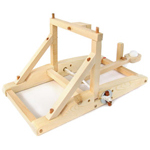
Working Wood Catapult 
Wooden Car Kit 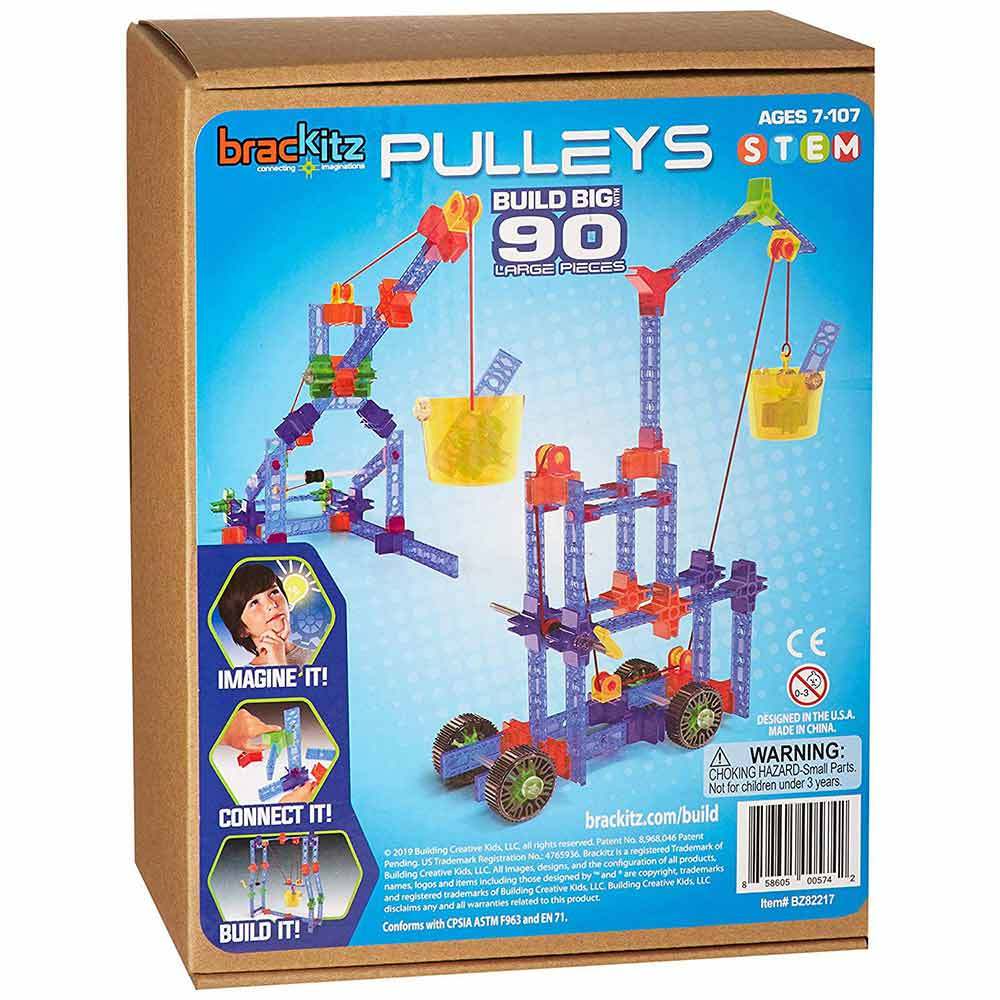
Brackitz
But how do you keep learning hands-on when your classroom becomes a computer screen? The FunScienceDemos YouTube channel has a nice variety of simple machines videos, but are YouTube videos the only way to enrich online learning? What if we could show our students that simple machines are simply everywhere in their own homes?
Simple Machines in the Bathroom
Let’s start by taking a field trip to the bathroom. One of the easiest simple machines to find there is the screw. A screw is actually an inclined plane wrapped around a cylinder. There are lots of containers and bottles in the bathroom! Chances are good that many of the caps for those containers will be held in place with a screw. Many toothpaste tubes, contact lens cases, shampoo and mouthwash bottles, and lotion containers are capped with a lid that unscrews. If you look a little more carefully, you may find that some sink stoppers twist and unscrew.
There may be one more screw hiding in your bathroom. Grab a tube of deodorant. Most deodorant containers have a dial at the bottom of the tube that turns and raises the deodorant up the tube as you use it. That dial works because there is a screw inside the deodorant container.
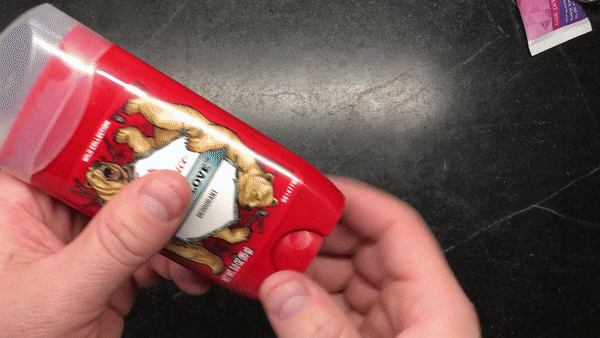
What about Wedges, Wheels and Axles?
Another simple machine that’s hiding in your bathroom is the wedge. A wedge separates objects. Razors, scissors, and toenail clippers all use a wedge to separate hair. There is another wedge hiding in your bathroom. You’ll need to grab pack of floss to find it. Most floss containers use a metal wedge to separate a small piece of floss each time you use it.
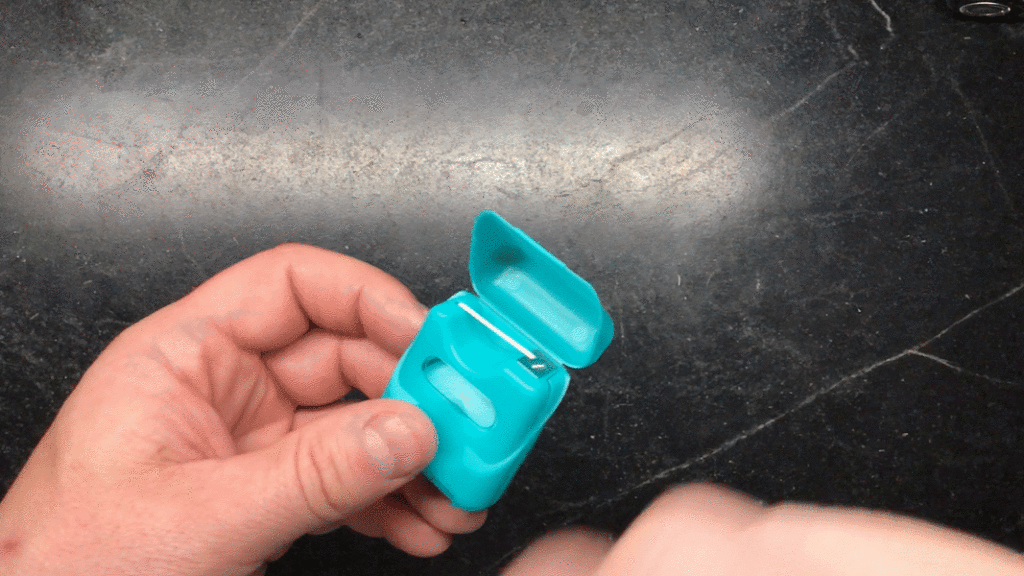
Next, we’ll look for a wheel and axle. Open that container of floss and you’ll find the roll of floss spins because it’s wrapped around a wheel and axle. The inside cutter heads of an electric razor spin because little razors are attached to a wheel and axle.
Another place you may be able to find a wheel and axle is the toilet paper holder. Toilet paper is easy to unroll because of the wheel and axle.
Let’s Not Forget the Lever…
The last simple machine we can find in the bathroom is the lever. Flip up the toilet seat, and you’ll find a lever. Many different caps and lids use levers to open and close them. Tweezers and eyelash and hair curlers also use levers to make them work.
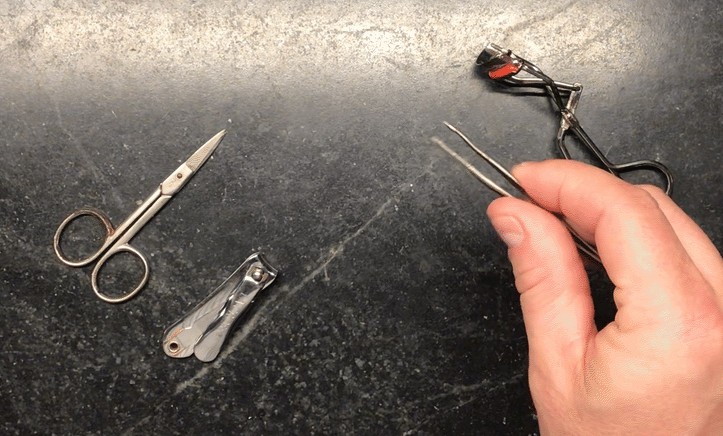
Levers are even hiding in the bathroom sink and toilet. There is a lever under your sink that allows the sink stopper to work. If you take the lid off your toilet tank, you’ll find two more levers. The toilet handle is a lever that lifts a rubber flap lever at the bottom of the tank so water can drain out of the tank and into the toilet bowl.
Simple Machines in the Kitchen
Let’s roll into the kitchen and see what other simple machines we can find. Wedges are everywhere in the kitchen. Knives, cheese graters, scissors, and vegetable peelers are all great at separating things. Rolling pins and pizza cutters are great examples of a wheel and axle.
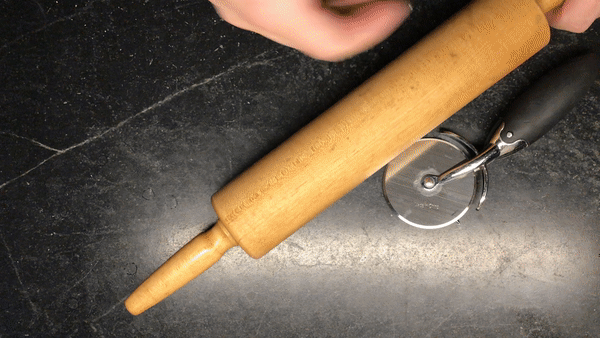
If you look hard enough, you can even find a screw. Cork pullers, mason jars, and water bottles use screws to open and close. You’ll even be able to find some levers. Tongs, scissors, spatulas, and can openers use a lever action to get things done.
We Are Simple Machines, Too!
You can even find simple machines by looking at your skeleton. We can find some simple machines at work in our bodies if we look at our head and shoulders, knees, and toes. Your teeth act like little wedges to separate pieces of food. Elbow and knee joints turn your arms and legs into levers.
Your muscular system even works like a system of pulleys. As tendons stretch over the ends of different bones, they act like a simple pulley. There are even gliding joints in your feet and wrists made up of bones that easily slide past each other because the surfaces of the tiny bones are slanted or inclined.
From Levers to Learning
It won’t be hard for students to find simple machines at home, but how do we turn a pile of items into a learning experience? A good place to start is with a simple machine selfie. Challenge your students to snap a selfie with a specific type of simple machine. You can also send your students on a simple machine scavenger hunt after learning about levers, pulleys, screws, and inclined planes. Students then share what they found in a simple machines show and tell.
If you want to get more creative, have your students make short movies in which they use different simple machines they find. Share the movies as a class. Students must write down all the different simple machines they see at work.
You may even want to integrate some writing. Students can spread out all the different simple machines they find, snap a picture and write some riddles so other students can guess what simple machine is being described. For instance: “I see a lever that pinches and grips along with a wedge that cuts and clips!” That riddle could be describing a pair of tweezers and fingernail clipper.
You can even turn things into a competition. Students gather all the different simple machines they can find in the kitchen and make a list. Students share what they found. If someone shares something on your list, you must cross it off. If you have something on your list that no one else found, you get a point. The person with the most points wins.
Keep Looking!
You can dig through the toy box in the playroom, the toolbox in the basement or garage, or even look closely at a skateboard, bicycle, scooter, or even the family car. Once you start looking, you’ll find that simple machines simply are everywhere. Try looking around your house and see if you can find anything that we missed!

